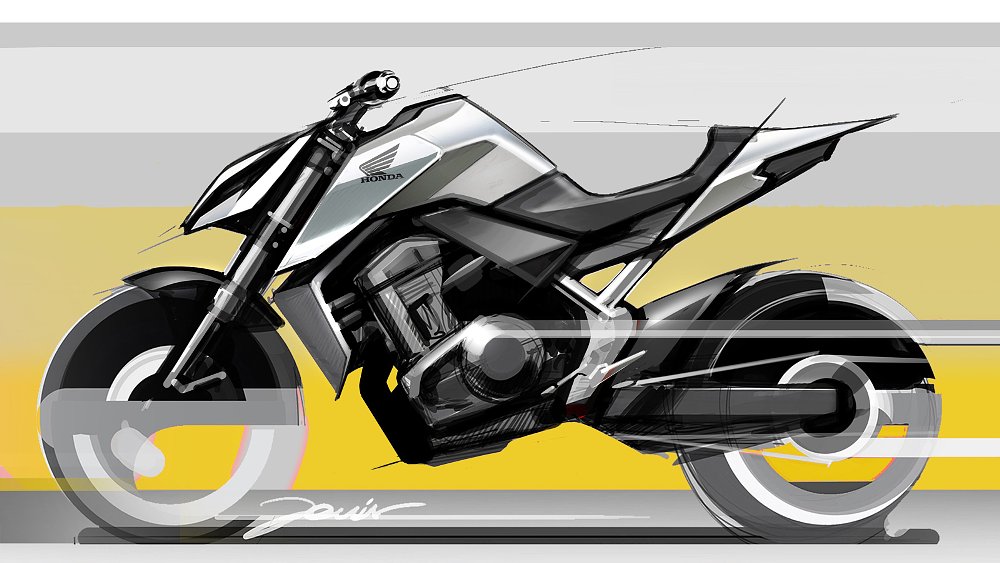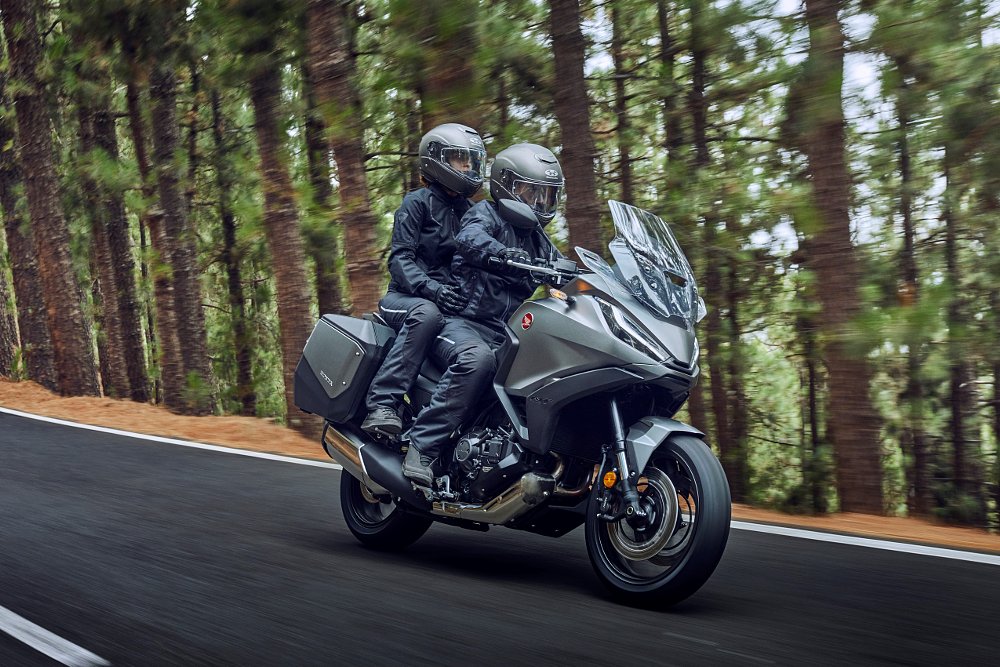Do you recall the NT1100, that sport-tourer Honda introduced in 2021? How about the CB750 Hornet, the middleweight naked that debuted at Intermot in 2022? Maybe you remember its bigger brother, the CB1000 Hornet SP, which broke cover at EICMA 2023. If those models don’t ring a bell, that’s probably because none of them ever made it stateside. That is, until 2025.
Yesterday, the CB750 Hornet, CB1000 Hornet SP, and NT1100 DCT finally joined American Honda’s lineup. While they may be new to the U.S. market, that doesn’t make them new bikes. Years removed from their initial unveilings, can the NT and Hornets still generate a buzz? Before addressing that question, it’s worth brushing up on each model.
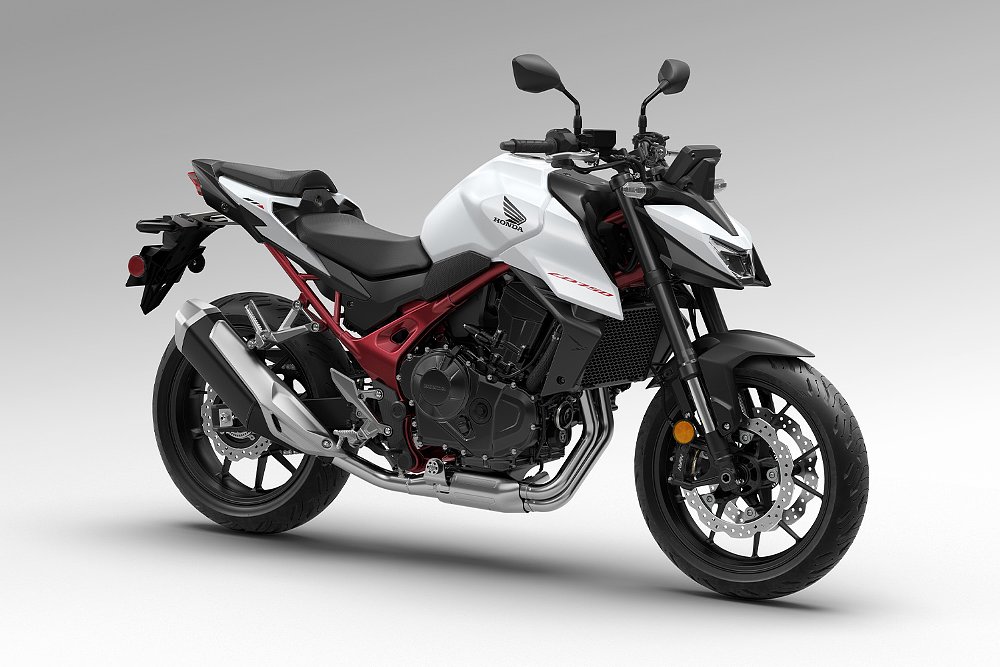
CB750 Hornet
As the smallest bike of the bunch, the CB750 Hornet is also the most approachable. That’s due, in part, to its 755 cc parallel twin, which the naked shares with the well received XL750 Transalp. Big Red doesn’t list the engine’s peak power or torque, but if it performs anywhere near the Transalp’s 82.2 horsepower (at 8,500 rpm) and 55 foot-pounds (at 7,250 rpm), I expect happy Hornet customers.
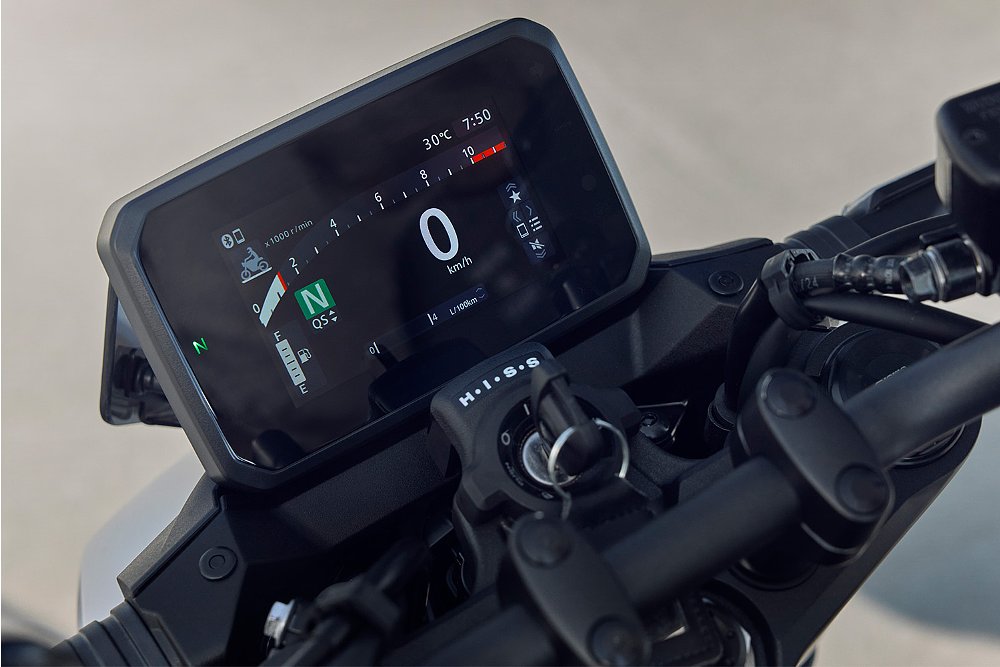
For the chassis, Honda erected a new steel diamond frame and entrusted the suspension and braking to Showa and Nissin (respectively). The brand doesn’t skimp on tech either. The Hornet offers three levels of engine power, engine braking, and Honda Selectable Torque Control ( integrated with wheelie control). That’s on top of the model’s four available ride modes (Sport, Standard, Rain, and User). Starting at $7,999, the CB750 Hornet is poised to take on its middleweight rivals when it arrives stateside in May.
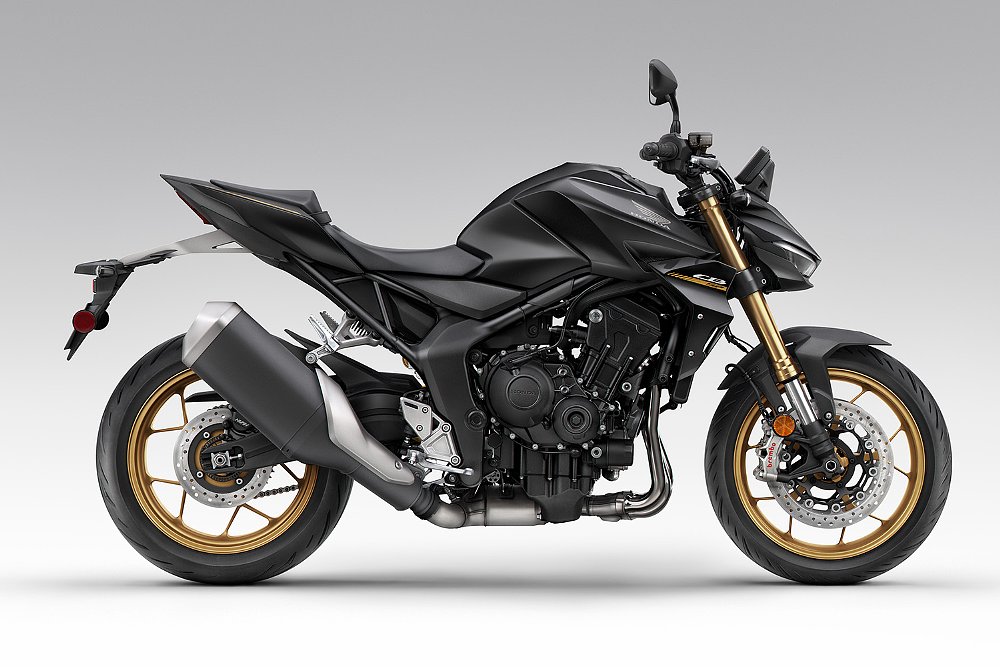
CB1000 Hornet SP
Honda’s new flagship naked bike may be a Hornet, but the most important designations are the “CB1000” and “SP.” That’s because the former alludes to its CBR1000RR-derived inline-four-cylinder engine, which produces 155 horsepower in European form. Again, American Honda doesn’t report power or torque, but Euro specs provide ballpark figures.
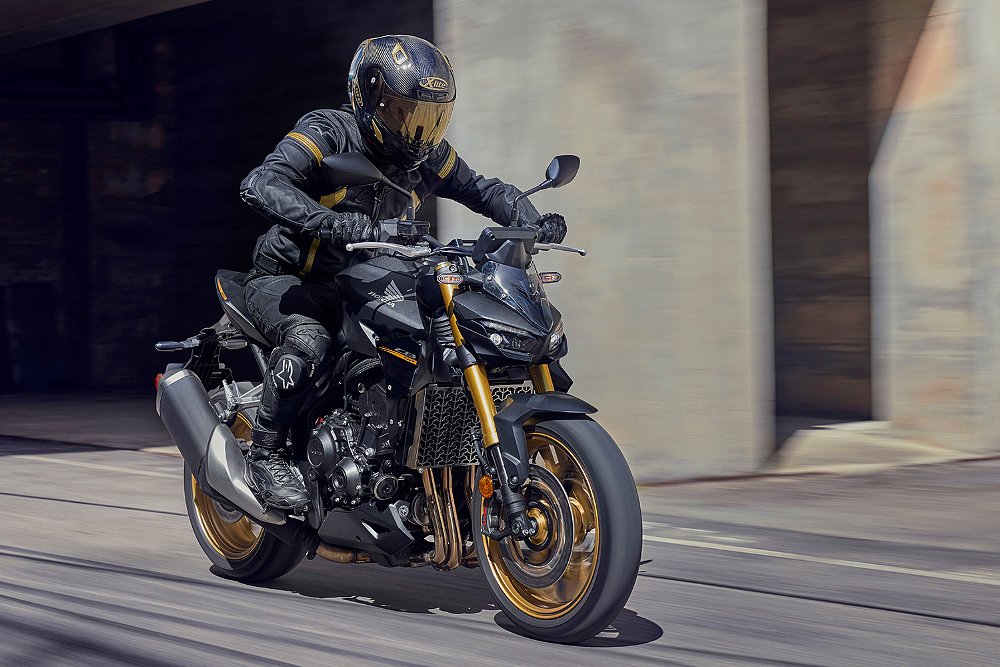
The “SP” branding corresponds to the big Hornet’s fully adjustable Öhlins TTX36 shock and 41 mm Showa SFF-BP inverted fork. Radial-mount Brembo Stylema calipers paired with 310 mm front discs also make good on the suffix. Similar to its smaller sibling, the CB1000 also puts four ride modes, engine power settings, engine braking levels, and Honda Selectable Torque Control at the rider's fingertips.
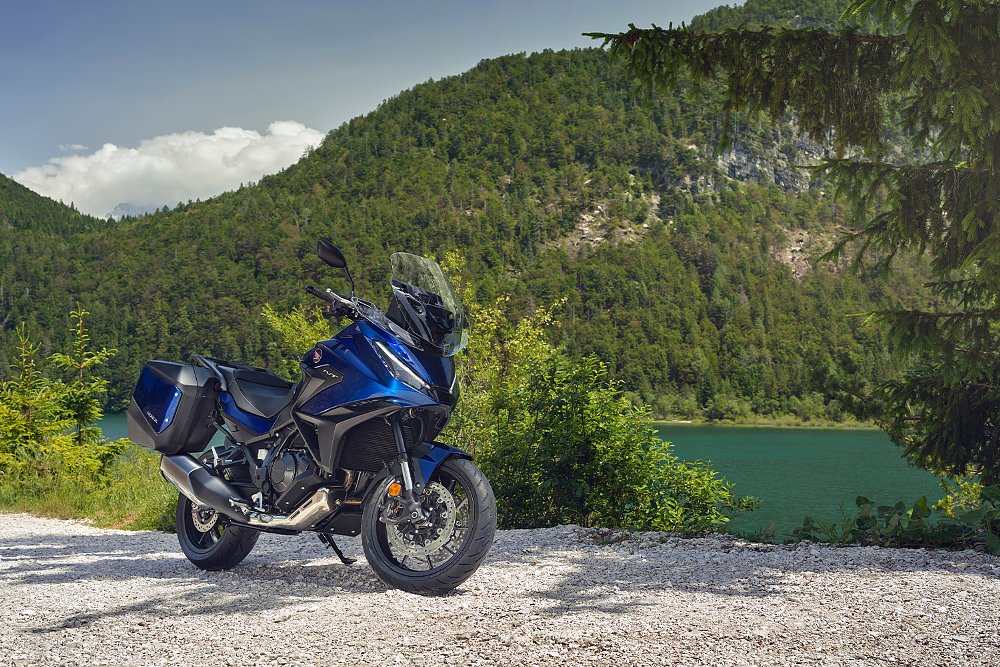
NT1100 DCT
The NT1100 DCT might be the most known entity among the U.S.-bound trio. It owes that to the frame and engine it shares with the Honda’s popular Africa Twin adventure bike. As a reminder, that’s a liquid-cooled 1,084 cc parallel twin and steel semi-double-cradle frame. One important distinction is that American Honda will only sell the NT1100 with its automatic DCT transmission.
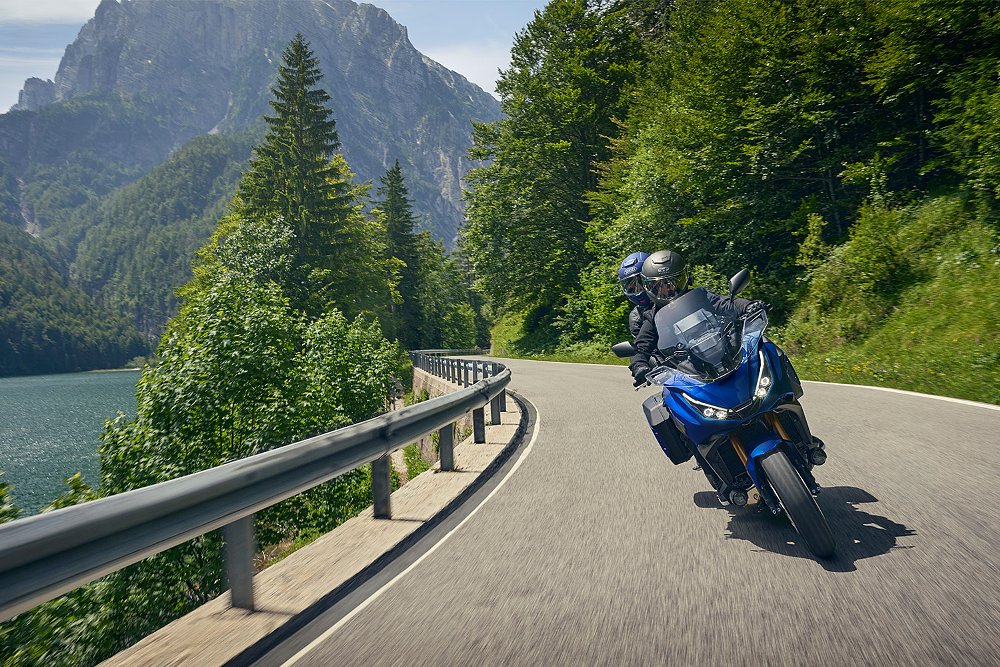
Other touring must-haves like a center stand, cruise control, hard bags, and heated grips come standard while a 5.4-gallon tank all but guarantees 200 miles between fill-ups. The NT goes heavy on tech, too, with IMU-based rider aids and a 6.5-inch TFT dash with Apple CarPlay and Android Auto integration. The blacktop-conquering sport-tourer is scheduled to arrive by May with an $11,899 price tag.
Still relevant?
The question remains: can Honda's Hornets and NT1100 still create a buzz? Given the price of each model, the answer is an emphatic yes. All three stand to upend their respective categories, but to do that, all three have to perform well. I hope to learn more on that front when Honda releases the CB750 Hornet, CB1000 Hornet SP, and NT1100 in spring.
| 2025 Honda CB750 Hornet | 2025 Honda CB1000 Hornet SP | 2025 Honda NT1100 | |
|---|---|---|---|
| Price (MSRP) | $7,999 | $10,999 | $11,899 |
| Engine | 755 cc, liquid-cooled, eight-valve, parallel twin | 1,000 cc, liquid-cooled, 16-valve, inline-four | 1,084 cc, liquid-cooled, eight-valve, parallel twin |
|
Transmission, final drive |
Six-speed, chain | Six-speed automatic dual-clutch transmission, chain | |
| Claimed horsepower | N/A | N/A | N/A |
| Claimed torque | N/A | N/A | N/A |
| Frame | Steel tubular | Steel twin-spar frame | Steel semi-double-cradle frame |
| Front suspension | Showa 41 mm SFF-BP; 5.1 inches of travel | Showa 41 mm SFF-BP, adjustable for spring preload, compression, and rebound damping; 5.1 inches of travel | Showa 43 mm fork, adjustable for spring preload; 5.9 inches of travel |
| Rear suspension | Showa single shock, adjustable for preload; 5.1 inches of travel | Öhlins TTX36 shock, adjustable for spring preload, compression, and rebound damping; 5.5 inches of travel | Showa single shock, adjustable for spring preload; 5.9 inches of travel |
| Front brake | Dual Nissin four-piston calipers, 296 mm discs, ABS | Dual Brembo Stylema four-piston calipers, 310 mm discs, ABS | Dual four-piston calipers, 310 mm discs, ABS |
| Rear brake | Nissin single-piston caliper, 240 mm disc, ABS | Single-piston caliper, 256 mm disc, ABS | |
| Rake, trail | 25.0 degrees, 3.9 inches | 25.0 degrees, 3.9 inches | 26.5 degrees, 4.3 inches |
| Wheelbase | 55.9 inches | 57.3 inches | 60.4 inches |
| Seat height | 31.3 inches | 31.9 inches | 32.3 inches |
| Fuel capacity | 4.0 gallons | 4.5 gallons | 5.4 gallons |
| Tires | Dunlop Sportmax RoadSport 2 or Michelin Road 6, 120/70-17 front, 160/60-17 rear | Dunlop Sportmax RoadSport 2 or Bridgestone Battlax Hypersport S22, 120/70-17 front, 180/55-17 rear | Dunlop Sportmax GPR-300 or Metzeler Roadtec 01, 120/70-17 front, 180/55-17 rear |
| Claimed weight | 422 pounds | 465 pounds | 547 pounds |
| Available | May | April | May |
| Warranty | 12 months | ||
| More info | powersports.honda.com | powersports.honda.com | powersports.honda.com |

 Membership
Membership








